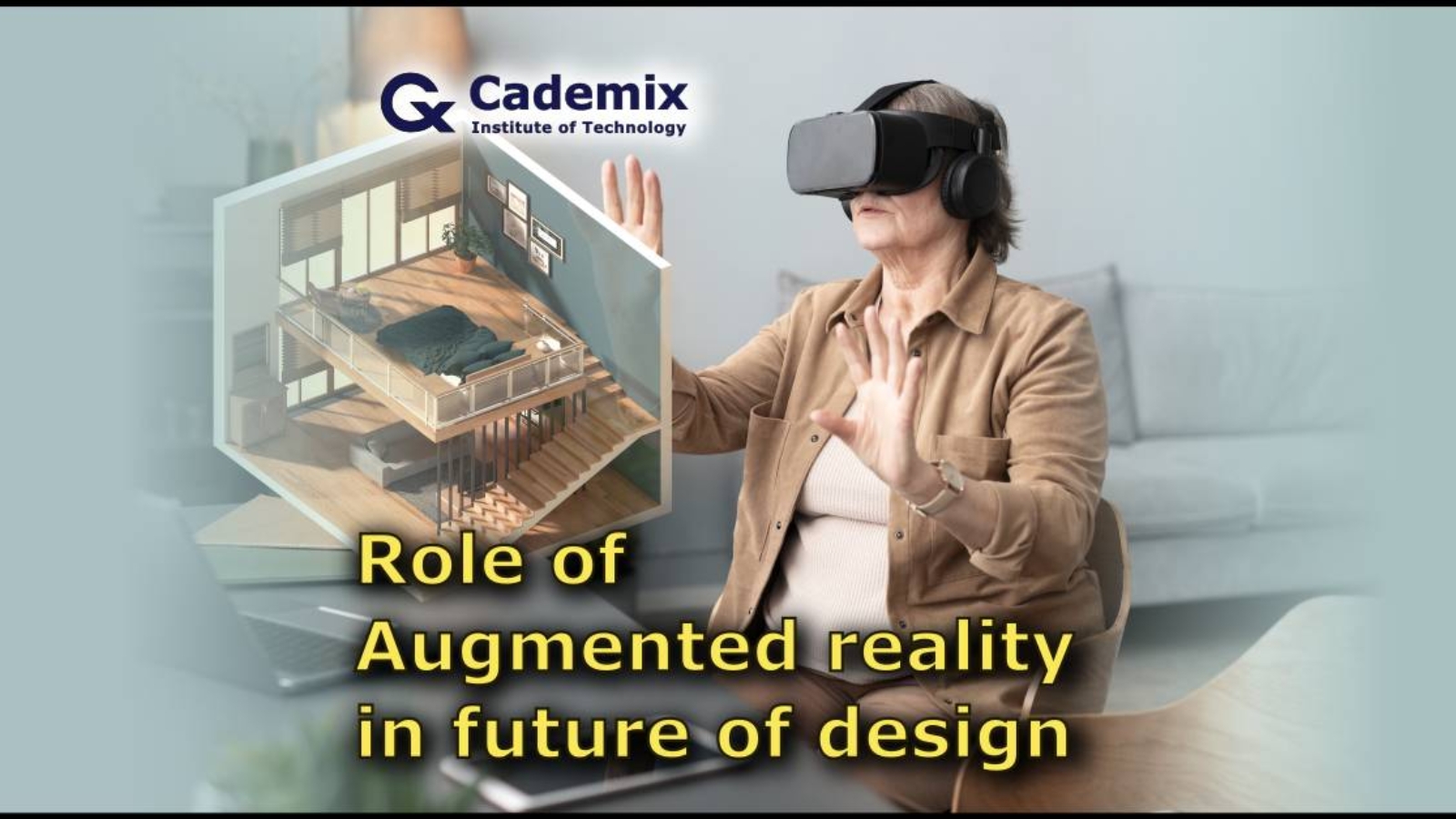Estimated Reading Time: 11 minutes The Role of Augmented Reality in the Future of Design is pivotal, reshaping creative processes and setting new industry standards. This exploration reveals AR’s profound impact on collaboration, innovation, and user engagement in design. Through case studies and expert insights, discover how AR drives design evolution and unlocks limitless possibilities for the future.
Redefining University Admissions Criteria: Creativity and IQ Tests as the New Benchmark
Estimated Reading Time: 10 minutes Discover how Creativity and IQ Tests for University Admissions are revolutionizing the way institutions evaluate international students. Learn why these tests are becoming essential and how to prepare for them effectively.


